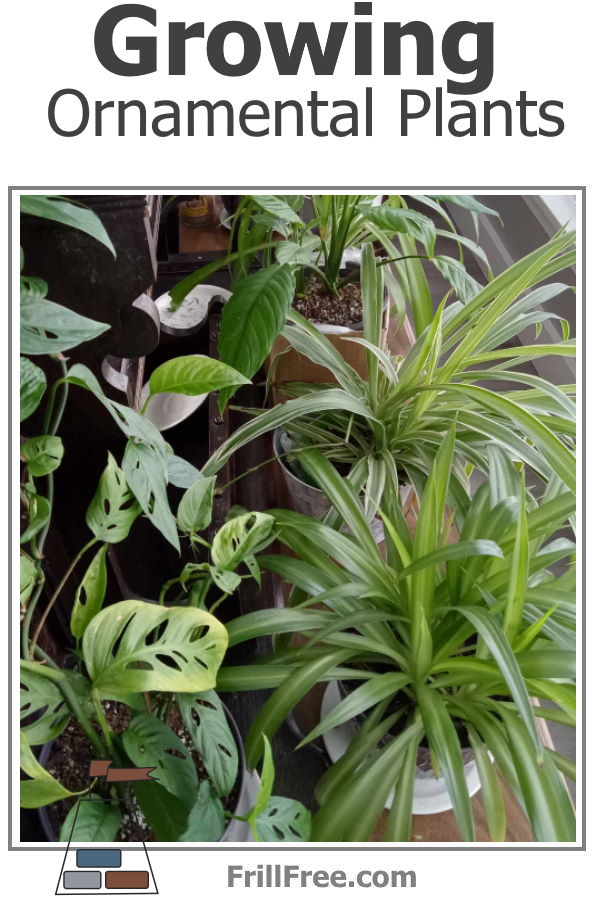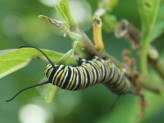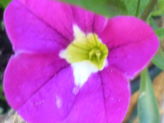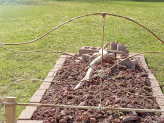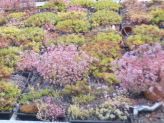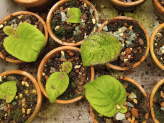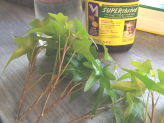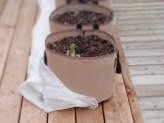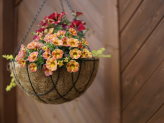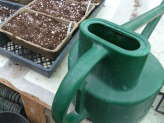- Homesteading
- Growing Ornamental Plants
Growing Ornamental Plants
The Horticulturists Dream
Many people with green thumbs dream of growing ornamental plants indoors or out. They are obsessed with how they grow, how to combine them together, how to propagate them.
In other words, they are addicted. This is not necessarily a bad addiction, as many of these plants can be propagated by a leaf or a single part, swapped, grown from seeds collected by other gardeners, and generally almost free.
This is why many gardeners have small greenhouses, grow lights in the basement or in the living room, and always bemoan the fact that the room is running out.
They are always moving their plants around to give them better light or other conditions best suited to their best growth.
They're always snipping off dead leaves, or trimming excess growth (and usually propagating the pieces) and generally just messing with them. You might also catch them talking to their plants (guilty).
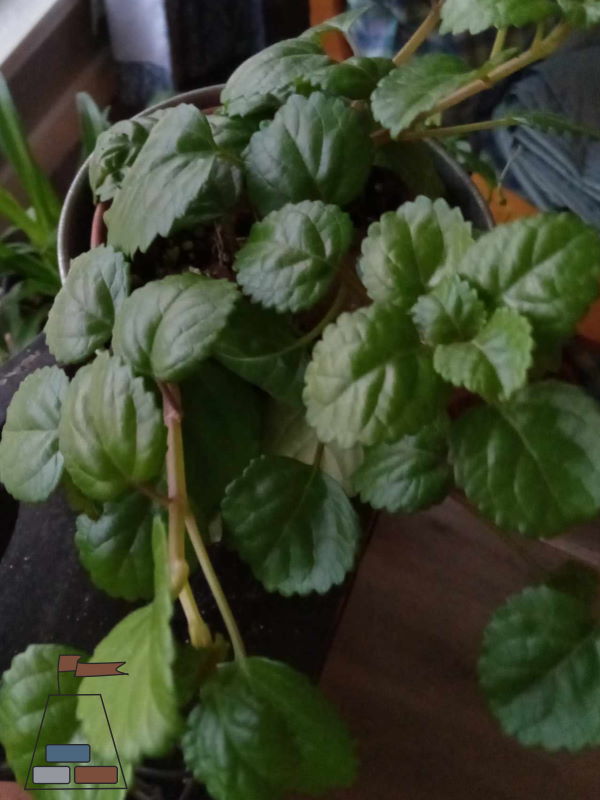 Swedish Ivy is so satisfying to propagate as it roots very quickly in water
Swedish Ivy is so satisfying to propagate as it roots very quickly in waterGrowing ornamental plants has become more than a hobby for many gardening enthusiasts. It has transformed into an expression of creativity, a celebration of beauty, and a means to connect with nature right at the comfort of their own homes.
Whether it adorns indoor spaces or outdoor landscapes, each ornamental plant contributes to an environmentally friendly ambiance while enticing the admiration of visitors and the gratification of gardening enthusiasts.
The process of growing ornamental plants involves more than just planting seeds or cuttings and waiting for them to grow. There's an art to it, a deeply gratifying process borne out of patience, nurturing, and love. The growing phase, from seed germination to plant maturity, provides a unique experience that money can't buy.
One economical method in growing ornamental plants is through plant propagation, also known as cloning. This technique involves producing new plants from a variety of sources: seeds, cuttings, bulbs, and other plant parts. By mastering this method, you can propagate your favorite plants, ensuring a continuous supply of beauty within your indoor or outdoor spaces.
Plant swap events are a fantastic way to grow your collection of ornamental plants. Gardeners, especially those into growing ornamental plants, gather in an event which is more like a community garden party to exchange plants, gardening tips, and anecdotes.
It's also a great opportunity for meeting people who share the same passion and love for gardening.
Seed swapping is another innovative and economical way to expand your ornamental plant collection. Like plant swaps, these events foster a sense of community among gardeners while promoting the sharing of heirloom and unique plant species.
Not only do you leave the event with new seeds, but also a wealth of shared knowledge from seasoned gardeners.
Growing ornamental plants offers an avenue not just to beautify your surroundings, but to take pride in your labor and creations.
We cannot overemphasize the joy and satisfaction from finely nurturing seeds and cuttings, to watching them mature into healthy, vibrant ornamental plants.
Many 'green thumbs' concentrate their interest on one genera only, you have but to look at alpine gardening enthusiasts for proof of this.
There's no rule stating that the joy of growing ornamental plants should be limited within the confines of your home. In fact, the idea of community gardens has been catching on in several neighborhoods. Homeowners combine their passion for gardening into a shared space, lending their neighborhood a unique charm while fostering a sense of pride and camaraderie.
Growing ornamental plants also offers a therapeutic experience. The calming nature of greens, the vibrant burst of colorful blooms, the unique shapes and sizes of various succulents, and the exciting discovery of new growth are just some of the aspects that make the whole gardening journey a stress-relieving hobby.
This calming effect has been noticed in long term care facilities, even helping those with dementia to feel more relaxed. Many old age homes have put together horticulture therapy gardens, where the members can putter together in raised beds, right from wheelchairs or walkers if they need.
Gardening has a surprising way of uniting people. By sharing your interest in growing ornamental plants, you can foster camaraderie and unity within your community. This can be done by setting up a plant swap event, initiating community gardening activities, or simply offering seeds and cuttings.
Indeed, gardening has transcended from being a mere leisure activity to a practical and economical hobby. By engaging in seed swaps or a simple exchange of cuttings among friends, you can significantly cut costs while maximizing the diversity of your garden.
Growing ornamental plants is not without its challenges. You may encounter plant pests or diseases, or perhaps have to contend with seasonal changes. But these become part of the learning journey, giving you first-hand experience and knowledge, contributing to your growth as a gardener.
Every plant is unique. They have different needs when it comes to sunlight, water, soil type, and overall care. Understanding their individual requirements is key to growing lush and vibrant ornamental plants.
The world of growing ornamental plants is truly fascinating, offering a rewarding hobby that enhances not only your spaces but also your skills and understanding of nature. Regardless of whether you are a novice or a seasoned gardener, there's always something new to learn, something beautiful to grow, and something wonderful to share.
When it comes to growing ornamental plants, keep in mind: patience is indeed a virtue. Plants grow at their own pace, and each stage of growth contributes to the beauty and charm they offer. So, take time and enjoy each moment of this beautiful journey.
Growing ornamental plants is more than just a hobby; it's about enabling life, embracing responsibility, and experiencing the joy of harvesting the fruits of your labor – not in the literal sense, but in the form of vibrant colors, lush foliage, beautiful garden landscapes, and thriving plant collections.
Whether it's through plant propagation, participating in plant or seed swaps, engaging in communal gardening, or simply sharing your love for plants with others, growing ornamental plants leads to not only a beautiful garden but also a vibrant and harmonious community.
This is an affirmation that the modest act of gardening, specifically of growing ornamental plants, has a far-reaching and profound impact on our lives and society.
